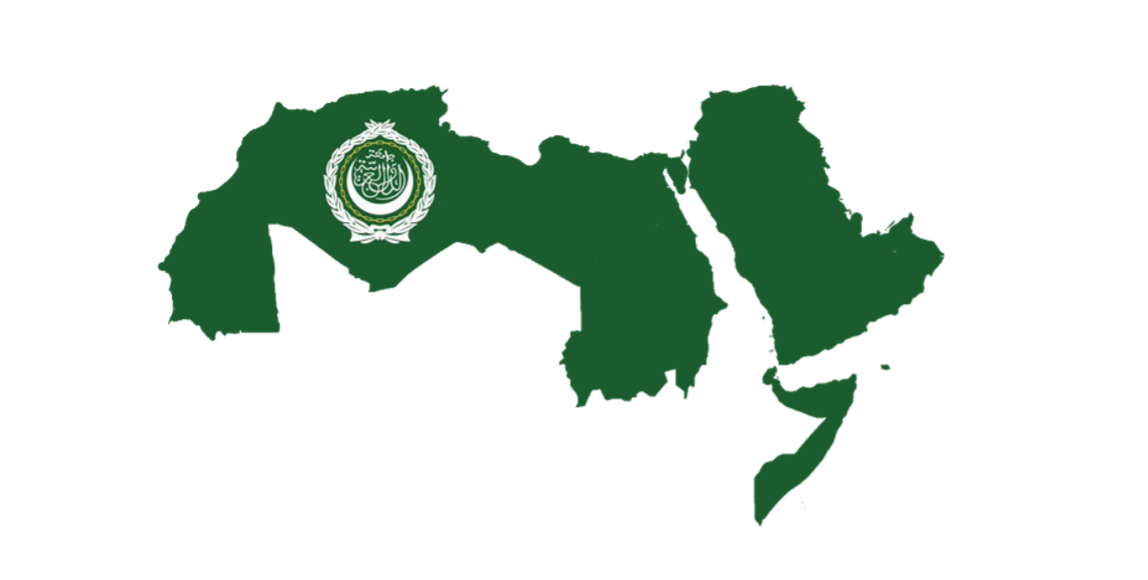Traditional and New Forms of Regionalism in West Asia
West Asia is a key strategic region, where the Israeli-Palestinian conflict – a potential trigger for great international crises – is taking place and where several oil-producing nations crucial to global energy security are concentrated. West Asia is also a region of great civilizational significance, home to the holy sites of the major religions of Christianity, Judaism, and Islam. In the late 19th and early 20th centuries, West Asia experienced the domination of European powers and began to call for decolonization. The ideological platform used at the time to challenge and rally against Western colonization was pan-Arabism.
The Arab League, based on Arab ethnic identity, was formed to advocate for regional solidarity in West Asia. However, the diversity of political and economic structures and lack of institutional cohesion among member states hindered the Arab League’s role as a regional organization. The Gulf Cooperation Council (GCC) – formed in response to the common security crisis of the Iranian threat following the 1979 Islamic Revolution in Iran and featuring member states with common political, historical, and economic backgrounds – is considered to have had success in regional integration, but the organization was short-lived.
The Arab Spring, comprising a wave of anti-government protests that marked a historic turning point for the entire region in 2010, was a defining event that demonstrated the futility of regional cooperation in the face of individual state survival. In particular, the US strategic contraction in the Middle East and the escalation of the US-China conflict, which coincided with the Arab Spring, set the stage for countries in West Asia, led by the GCC, to pursue their respective paths for survival. The GCC’s break with Qatar signaled the end of GCC-led regional cooperation in West Asia. Then, the unconventional 2020 normalization of relations between Israel and several Arab states confirmed the collapse of the ideological basis that had supported West Asian regionalism. The Israeli-Hamas war that erupted in October 2023 also saw West Asian states unite in condemning both Israel and Hamas simultaneously, but without the regional cohesion that had been evident in the past. Instead, it has been the non-state armed groups backed by Iran that have demonstrated strong cohesion in opposing Israel.

Fig. 1: Emblem featured on the flag of the Arab League and map of the member countries. (Photo courtesy of Wikimedia Commons user Raffanumber24 and reprinted under Creative Commons license)
Today, a new form of regional cooperation, known as “minilateralism,” is emerging in the West Asian region, in which small-scale cooperation is occurring between states with common interests in pursuing their national interests across factional and geographic borders. Compared to other regions, West Asia, with its longstanding cultural and historical commonalities, has been expected to demonstrate a cohesive regionalism. However, amidst the ongoing crisis of state survival, regional cooperation has yet to find its footing. Rather, West Asian regionalism is now breaking the mold of traditional regionalism by expanding its scope beyond common ideological or geographical borders, as states pursue their strategies for survival.
So Yeon AHN, Co-Research Fellow, West Asia Center, Seoul National University Asia Center. Email: soyeonahn727@gmail.com